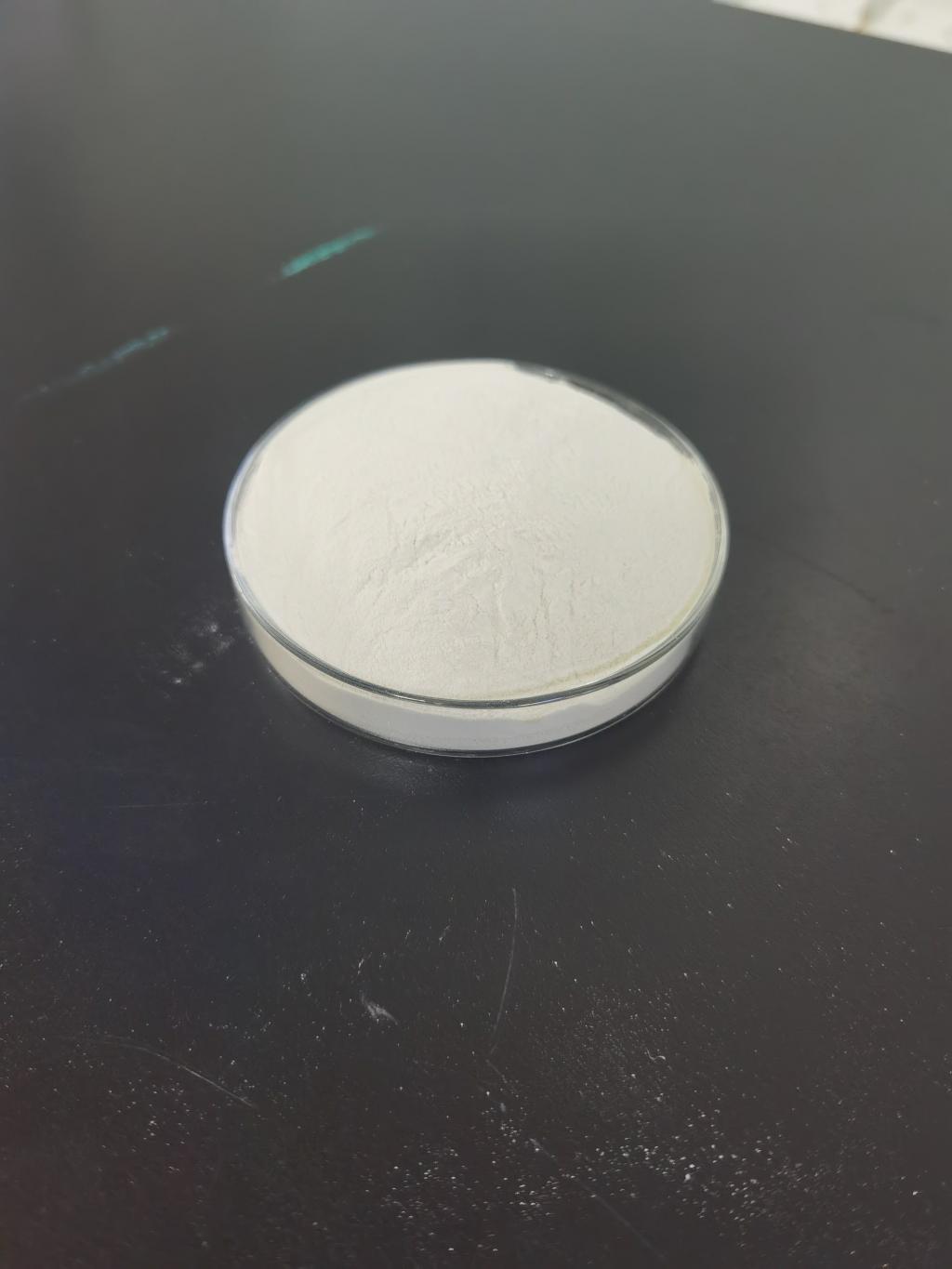Tel:+8618231198596

News
 CONTACT
CONTACT
 CONTACT
CONTACT
- Linkman:Linda Yao
- Tel: +8618231198596
- Email:linda.yao@dcpharma.cn
- Linkman:CHARLES.WANG
- Department:Overseas
- Tel: 0086 0311-85537378 0086 0311-85539701
News
Current Position:
Home >
News
>Can Nisin be used as a natural alternative to synthetic preservatives in pet food?
Can Nisin be used as a natural alternative to synthetic preservatives in pet food?
TIME:2023-06-01
What is Nisin?
Nisin is a naturally occurring antimicrobial peptide that is produced by the bacterium Lactococcus lactis. It has been used as a food preservative in the human food industry for several decades. Nisin exhibits potent antimicrobial activity against a broad spectrum of bacteria, including many of the common pathogens found in pet food.
Mechanism of Action:
Nisin exerts its antimicrobial effect by disrupting the integrity of bacterial cell membranes. It forms pores in the membrane, leading to the leakage of intracellular contents and ultimately causing cell death. This mode of action makes it difficult for bacteria to develop resistance, unlike some synthetic preservatives that can contribute to the emergence of antibiotic-resistant strains.
Benefits of Nisin in Pet Food:
a) Natural and Safe: Nisin is derived from a natural source and is considered safe for consumption. It has been extensively studied for its safety profile and has been approved for use in human food by regulatory agencies such as the U.S. Food and Drug Administration (FDA) and the European Food Safety Authority (EFSA).
b) Extended Shelf Life: Nisin has been shown to effectively inhibit the growth of various spoilage and pathogenic bacteria, thereby extending the shelf life of pet food products without compromising their nutritional value.
c) Improved Food Safety: The antimicrobial properties of nisin help reduce the risk of foodborne illnesses caused by bacteria such as Salmonella and Escherichia coli, which can be transmitted to pets through contaminated food.
Application of Nisin in Pet Food:
Nisin can be incorporated into pet food formulations during the manufacturing process. It can be added directly to dry kibble, wet canned food, and treats to inhibit bacterial growth and maintain product freshness. The appropriate dosage of nisin should be determined based on factors such as the type of pet food, intended shelf life, and target microbial load.
Future Implications and Challenges:
The use of nisin as a natural preservative in pet food holds great promise, but there are still some challenges to overcome. These include:
a) Cost and Availability: Nisin production on a large scale can be expensive, which may impact its widespread adoption in the pet food industry. However, advancements in production techniques and increased demand could potentially drive down costs.
b) Regulatory Considerations: The regulatory landscape for using nisin in pet food may vary across different regions. Clear guidelines and approvals from regulatory authorities would be necessary to ensure its safe and legal use.
c) Consumer Acceptance: Educating consumers about the benefits and safety of nisin as a preservative is crucial to gain their acceptance. Transparent labeling and effective communication can help build trust and confidence in natural preservatives like nisin.
Conclusion:
Nisin offers a natural and effective alternative to synthetic preservatives in pet food. Its antimicrobial properties, safety profile, and ability to extend shelf life make it a promising solution for ensuring the quality and safety of pet food products. However, further research, development, and regulatory support are needed to overcome challenges and promote the widespread adoption of nisin in the pet food industry. By embracing natural preservatives like nisin, we can provide our pets with wholesome and safe nutrition while minimizing potential health risks associated with synthetic additives.
- Tel:+8618231198596
- Whatsapp:18231198596
- Chat With Skype







